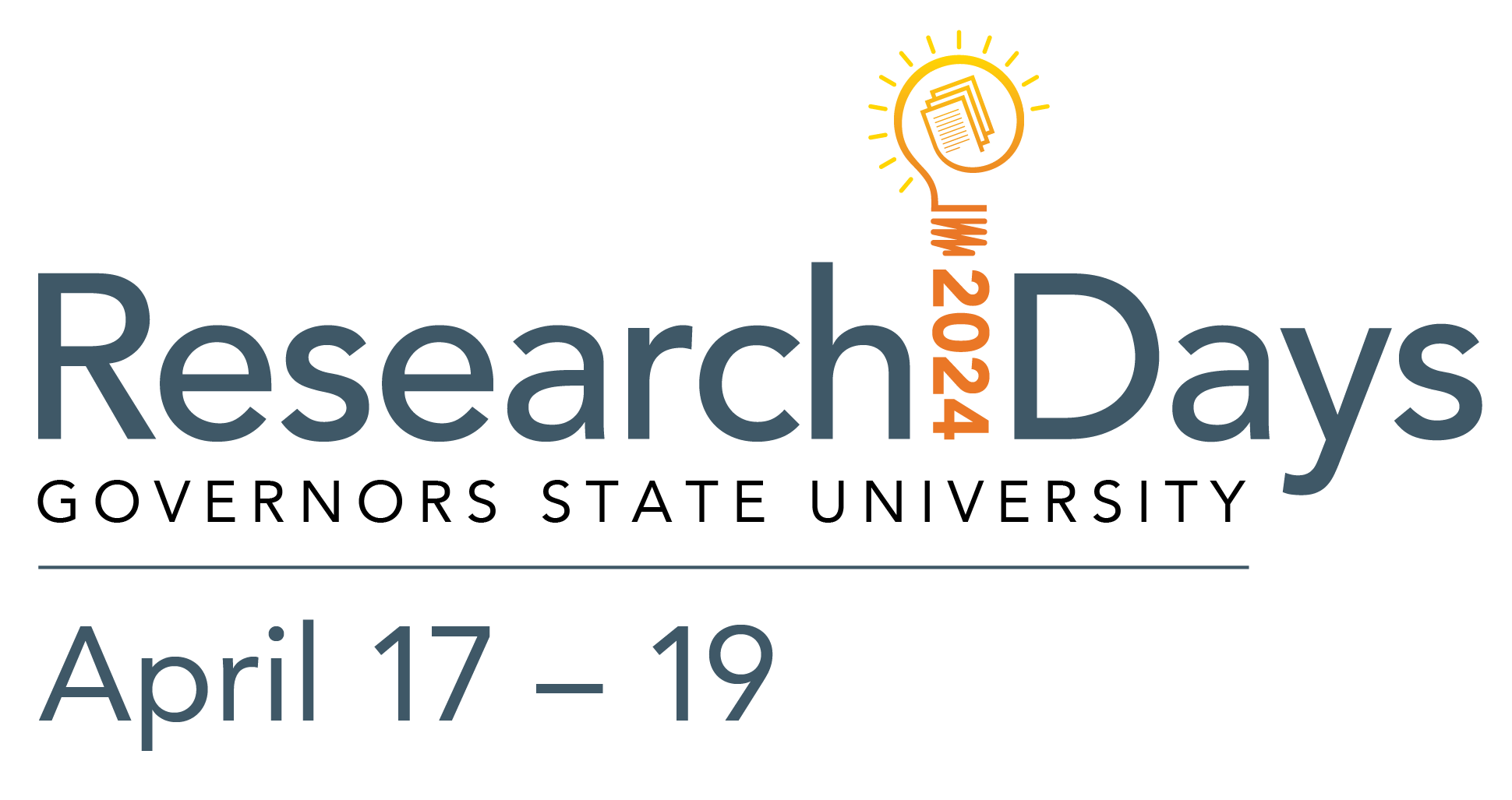Surveying the Impact of an Animated Infographic with Interviews on the Awareness of Stroke Signs and Symptoms
Type of Presentation
Panel
Location
D34011
Start Date
4-18-2024 1:30 PM
End Date
4-18-2024 2:15 PM
Description of Program
An animated infographic video with stroke survivor interviews was developed to help the community understand what a stroke is, signs/symptoms, what to do, importance immediate care, and how to prevent stroke. A survey follows the infographic. The impact of this media on awareness of stroke will be explored.
Abstract
A stroke is a temporary or permanent disruption in brain’s blood supply that can have a profound impact on language, cognition, mobility, daily activities, and social functioning of anyone who survives stroke. Every 40 seconds, someone in the United States has a stroke (www.cdc.gov/stroke/facts.htm). Stroke is typically thought of as a condition that occurs in the elderly, or individuals over age 65. However, strokes occur in people under 45 years; 70,000 “young strokes” occur each year (www.sutterhealth.org/health/heart/strokebefore-age-forty-five). In addition, stroke disproportionately affects racial minorities with African Americans having a greater risk than White Americans (Ikeme, et. al., 2022).
Most people don’t know what a stroke is or its consequences until it occurs. People don’t know the signs or that the impact of a stroke might be diminished with quick medical care. Websites have been created to provide the public with information; however, no one accesses these websites until after a stroke has occurred.
The aim of this project is to help the community understand what a stroke is, signs/symptoms, what to do, importance of immediate care, and how to prevent stroke. The goal is to use media creatively as a mechanism for engaging the public on the topic of stroke awareness and prevention before a stroke occurs.
An animated infographic with stroke survivor interviews was created to help educate the public about stroke. Viewers will be invited to complete a brief survey. The data will be used to examine the impact of the infographic on stroke awareness.
Identify Grant
The research was funded by The Center for Community Media, Media Research Institute Fellowship.
Presentation File
wf_no
Surveying the Impact of an Animated Infographic with Interviews on the Awareness of Stroke Signs and Symptoms
D34011
A stroke is a temporary or permanent disruption in brain’s blood supply that can have a profound impact on language, cognition, mobility, daily activities, and social functioning of anyone who survives stroke. Every 40 seconds, someone in the United States has a stroke (www.cdc.gov/stroke/facts.htm). Stroke is typically thought of as a condition that occurs in the elderly, or individuals over age 65. However, strokes occur in people under 45 years; 70,000 “young strokes” occur each year (www.sutterhealth.org/health/heart/strokebefore-age-forty-five). In addition, stroke disproportionately affects racial minorities with African Americans having a greater risk than White Americans (Ikeme, et. al., 2022).
Most people don’t know what a stroke is or its consequences until it occurs. People don’t know the signs or that the impact of a stroke might be diminished with quick medical care. Websites have been created to provide the public with information; however, no one accesses these websites until after a stroke has occurred.
The aim of this project is to help the community understand what a stroke is, signs/symptoms, what to do, importance of immediate care, and how to prevent stroke. The goal is to use media creatively as a mechanism for engaging the public on the topic of stroke awareness and prevention before a stroke occurs.
An animated infographic with stroke survivor interviews was created to help educate the public about stroke. Viewers will be invited to complete a brief survey. The data will be used to examine the impact of the infographic on stroke awareness.

